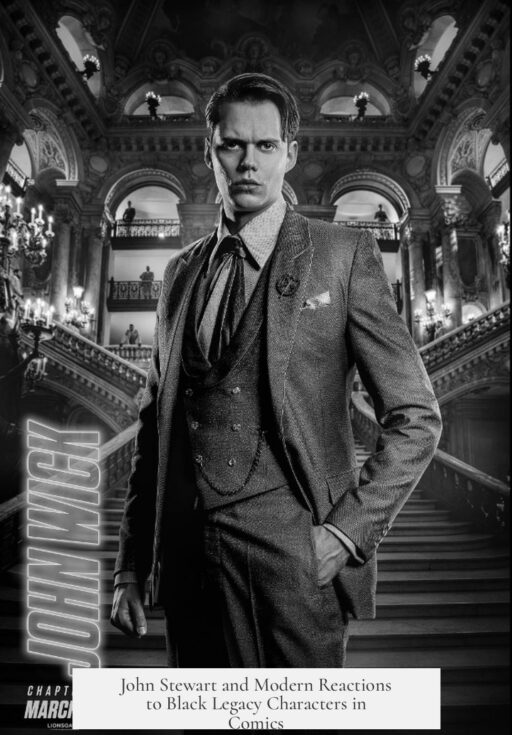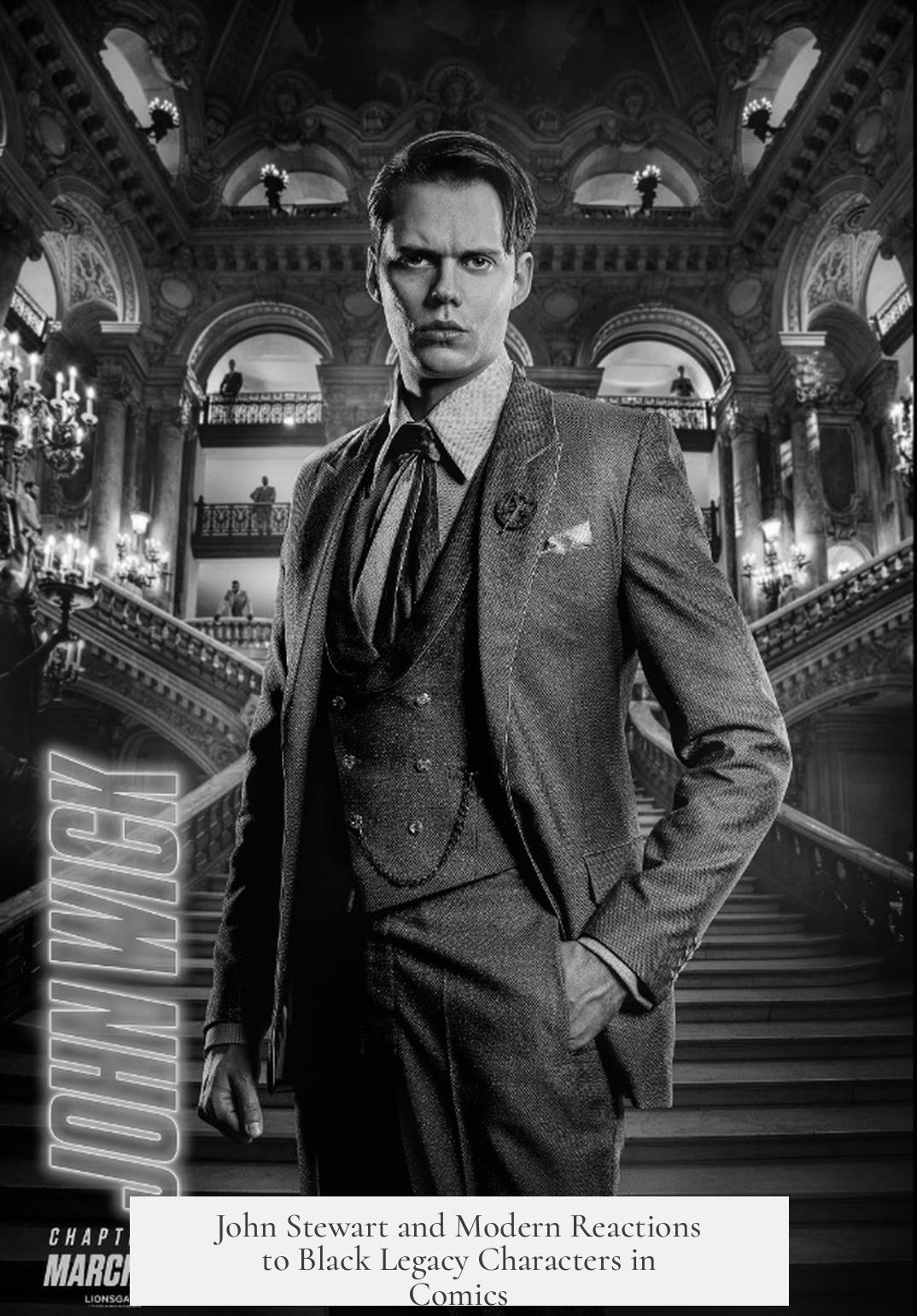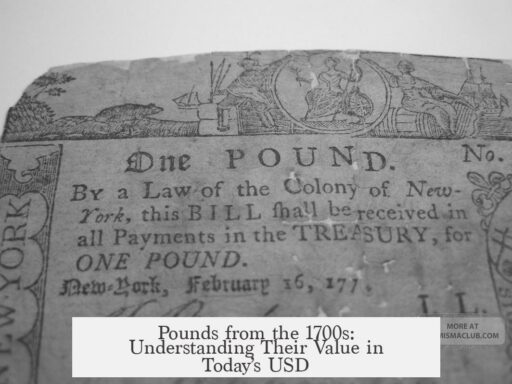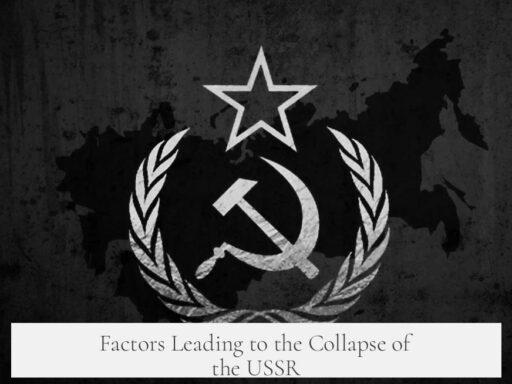John Stewart’s introduction as Green Lantern in 1971 generated far less fan backlash compared to modern reactions to black legacy characters. This difference stems from how he was positioned within the Green Lantern mythos, the social context of the time, and the gradual nature of his integration into the role. Modern black legacy characters often face stronger resistance due to the suddenness of change and the cultural climate surrounding legacy characters and race representation.

John Stewart was first introduced as a temporary substitute for Hal Jordan, the then-primary Green Lantern of Earth. This temporary status helped minimize immediate fan opposition. Unlike characters who were permanently racebent or given a legacy mantle without gradual buildup—such as Wally West’s controversial racebending or Miles Morales as Spider-Man—John’s role aligned with the Green Lantern Corps’ legacy structure where rings are passed to qualified successors.
- Green Lanterns represent an intergalactic police force rather than a singular superhero.
- The mantle of Green Lantern passes from member to member as the Corps fills vacancies caused by death or retirement.
- Hal Jordan was still active when John was introduced, preventing fans from feeling an immediate “replacement” scenario.
This approach differed significantly from modern cases where the “legacy” mantle often implies a direct and permanent succession. Back then, fans experienced John Stewart’s character as part of an established process rather than a radical or swift alteration of a beloved hero. This structural factor fostered comparatively smoother acceptance.
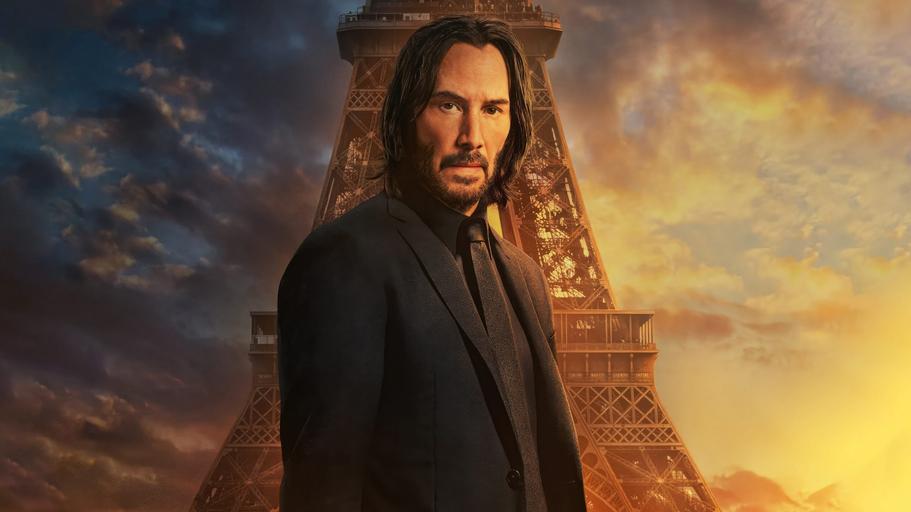
Moreover, by the 1980s, DC Comics already incorporated various legacy characters in major roles. Jason Todd had taken over as Robin. Wally West was evolving into the Flash. Black Canary’s mantle was shifting between generations. These established precedents helped build reader familiarity with legacy succession, easing the transition when John fully assumed the Green Lantern title in 1984.
The social and political environment further shaped reception dynamics. DC was entering an era of more socially conscious storytelling. The 1971 Green Lantern/Green Arrow series addressed real-world issues such as drug addiction in the landmark “Snowbirds Don’t Fly” storyline. John Stewart’s introduction occurred when DC aimed for greater diversity and relevance in their narratives. This context primed readers for a novel character like John within a progressive framework rather than focusing solely on his racial identity.

Letters to the editor from John’s introductory issue reflect this nuanced response. Readers engaged actively with the storyline and character but did not produce the volume of hostile or polarizing feedback often present with modern black legacy characters. In contrast, current expansions or racebends—especially when involving characters with deeply entrenched white identities—trigger widespread debate, including resistance grounded in fandom attachment or cultural issues. The internet and social media amplify these reactions today.
The gradual transition of John Stewart also softened resistance. He was not instantly the sole Green Lantern of Earth. Instead, he evolved from a temporary fill-in to a recurring hero, then finally to headline status. This steady development gave readers time to connect emotionally with John and accept his role. Modern legacy characters frequently face abrupt mantle assumption, which can feel disruptive. John’s pathway reflects a legacy tradition that treats the Green Lantern title more like a job transferred between qualified individuals rather than a symbolic “passing of the torch.”
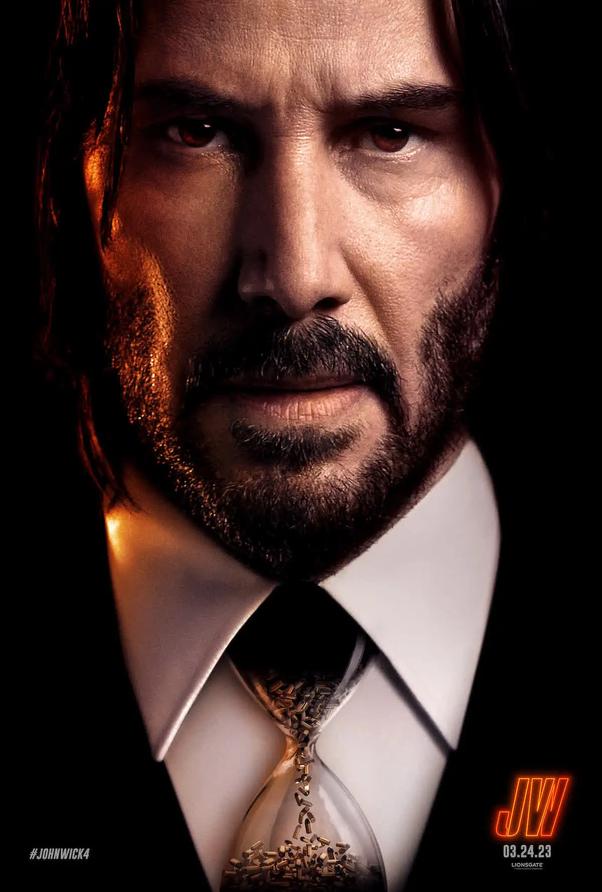
| Factor | John Stewart (1971) | Modern Black Legacy Characters |
|---|---|---|
| Introduction Type | Temporary substitute within Corps | Often permanent racebending or direct legacy replacement |
| Fan Base Context | Hal Jordan still active; no exclusive replacement | Original hero often fully replaced or retconned |
| Legacy Tradition | Established Green Lantern Corps succession model | Varied or newer legacy approaches |
| Transition Speed | Gradual role adoption over years | Usually rapid or immediate switch |
| Social Climate | Emerging social relevance; progressive narratives | Complex social/political debates; cultural backlash |
| Fan Reaction | Engaged, limited backlash, constructive dialogue | Polarized, amplified by social media |
In essence, John Stewart’s legacy was built gradually in an organizational framework that embraced multiple heroes under one mantle. His timing amidst DC’s move toward socially relevant stories and a still-diverse character roster created fertile ground for relatively positive fan acceptance.
Modern black legacy characters often face a different reception. Rights holders sometimes replace or reimagine iconic heroes abruptly or racebend characters with long-established white identities. Such moves challenge fan expectations intensely and intersect with broader cultural conversations about representation, identity, and heritage within fandoms. Consequently, reactions tend to be more vocal and divided.
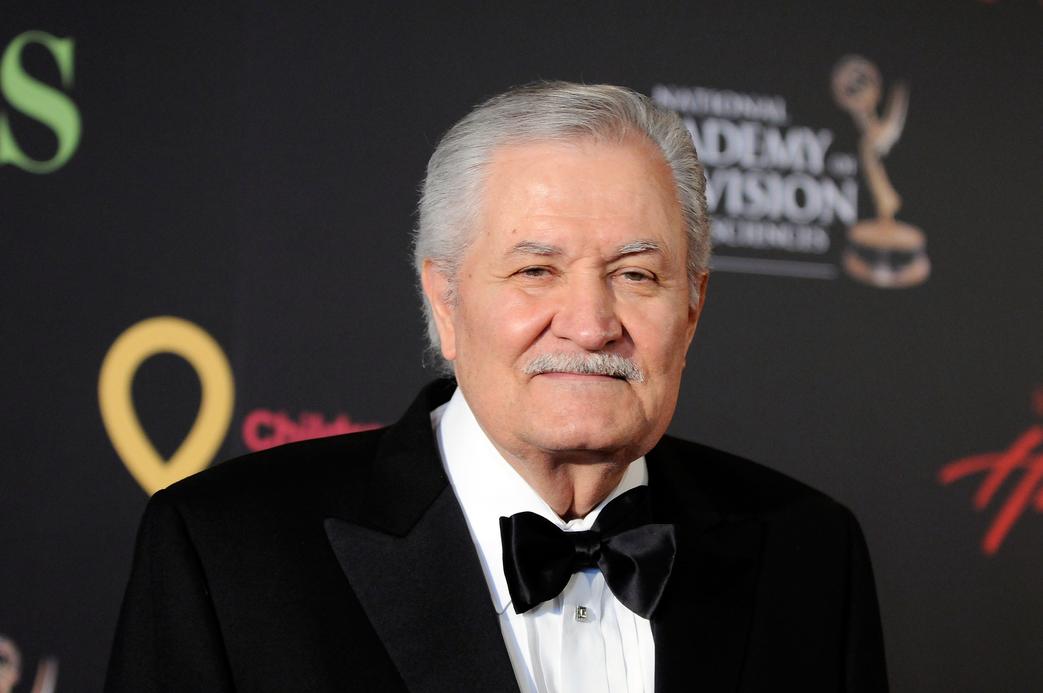
In conclusion, John Stewart’s introduction contrasts with modern black legacy character reception mainly due to:
- His temporary entry and organizational legacy allowed smoother acceptance.
- Hal Jordan’s simultaneous presence avoided direct replacement conflict.
- Gradual character integration built fan familiarity over time.
- DC’s evolving socially aware storytelling fostered a more open audience.
- Modern legacy introductions often feel abrupt and erase original identities.
- Today’s digital culture intensifies fan reaction—positive and negative.
This comparison highlights how the structural role of legacy, transition timing, and cultural context influence fan responses to diversity in comic book characters.

Why Did Fans React Differently to John Stewart in 1971 Compared to Modern Black Legacy Characters?
John Stewart’s introduction as the Green Lantern in 1971 sparked a fan reaction far quieter and more accepting than what we often see today with black legacy characters. Why? It boils down to context, tradition, and timing. Let’s break it down.

First, John Stewart didn’t crash the party as a permanent rewrite. He stepped in as a temporary substitute for Hal Jordan, the established Green Lantern of Earth. Back then, the Green Lantern identity wasn’t a single hero’s brand—it was an entire organization, a group of cosmic peacekeepers. Because of this, fans weren’t outraged by the idea of another Lantern taking the spotlight, regardless of race. It was like a job replacement, not a hijacking of a beloved icon.
Green Lantern: An Organization of Legacy and Backups
Unlike other superhero identities, the Green Lantern title works more like a relay race among members of the Corps. When one Lantern takes a break or gets reassigned, another steps in. Fans were accustomed to seeing different characters bearing the ring, such as Guy Gardner, who debuted just a few years earlier in 1968. John Stewart’s arrival fit right into this ongoing tradition.
This legacy role plays a massive part in softening fan resistance. Fans experienced a gradual transition. Hal Jordan was still around, so nobody felt like their favorite hero was being unceremoniously kicked off stage. This gave readers time to grow attached to John Stewart before Hal ever left the main spot.
The 1970s: A Time of Social Change and Storytelling Shifts
Something else was brewing: DC Comics had just published Snowbirds Don’t Fly, a ground-breaking story tackling real-world social issues. These narratives marked a new direction for DC, opening the door to characters reflecting a broader range of experiences, including race. John Stewart’s introduction aligned with this socially conscious wave.
Interestingly, the fan responses recorded in the letters to the editor from John’s debut issue showed engagement but not widespread backlash. Readers discussed the character thoughtfully, rather than reacting with harsh negativity.
Contrast That with Modern Reactions: The Power of Permanence
Fast forward to today. Introducing modern black legacy characters like Miles Morales (Spider-Man) or permanently racebending established white characters stirs up significantly more reaction—often negative. Why the difference?
First, modern fans often see these changes as abrupt. Unlike John Stewart’s gradual buildup, contemporary replacements tend to be sudden. Many fans perceive this as rewriting history or discarding a legacy rather than expanding it. This keeps potential resentment simmering.
Also, many recent black legacy characters *permanently* replace white originals. This feels more like “heritage theft” to some fans rather than an expansion of the universe’s diversity. The Green Lantern Corps’ “job position” model makes Stewart’s takeover more palatable: the ring chooses the bearer, and many are destined to succeed. That system isn’t the norm in many superhero narratives, so reactions naturally differ.
Legacy Tradition: Why It Matters
John Stewart didn’t arrive out of nowhere. DC’s universe already embraced legacy heroes by the 1980s. Jason Todd had become Robin, Wally West was preparing to become The Flash, and Black Canary was passing her mantle too. This created a cultural acceptance for legacy characters—new heroes carrying on a symbol or role—and John Stewart was part of this broader trend.
Moreover, the Green Lantern Corps made it standard practice for rings to seek out successors. This normalized the shift in character perspectives and identities within an established framework. When your job is literally to be a cosmic cop, it’s easier to imagine a replacement who looks different but carries the same duty.
Storytelling and Character Growth: Slow and Steady Wins the Race
John Stewart’s entry into the spotlight was a slow burn rather than a flash fire. Starting off as a temporary foil, he evolved into a major recurring character and eventually the lead Green Lantern of Earth. Fans didn’t feel forced to accept a sudden change. Instead, they were invited along for the ride.
This gradual introduction contrasts with many modern stories where changes happen abruptly, like a superhero identity reboot overnight. That often triggers defensive reactions among long-time fans who feel blindsided.
What Can Modern Creators Learn from John Stewart’s Introduction?
- Build Slowly: Gradual character development leads to greater acceptance. Sudden swaps can feel like insults.
- Situate New Characters Within a Legacy: Shows that new heroes are part of a continuing story, not replacing it.
- Reflect Social Context: Connect new characters to broader socially relevant themes to deepen their relevance.
For example, John Stewart’s debut coincided with a DC shift toward realistic, edge-worthy storytelling. This context made his presence feel genuine and timely.
The Benefits of Legacy Characters in Promoting Diversity
Legacy characters offer more than diversity points. They provide fresh perspectives while honoring established mythologies. John Stewart brought a new dimension to the Green Lantern Corps, enriching the universe professionally and culturally.
These characters strengthen storytelling by opening doors to explore different experiences and challenges, making superhero tales richer and more relatable.
Still, Fan Reactions Are Complex
Even today, fans want smart writing and well-developed characters, regardless of race. A new black legacy hero poorly written or abruptly introduced can still upset fans. Conversely, a thoughtfully created character can win hearts and minds over time.
Compare John Stewart’s trajectory to Miles Morales. Miles faced some pushback at first but has become beloved for his unique story and personality. Why? Because he eventually became his own character, not just a replacement.
Wrapping Up: John Stewart’s Legacy and Fan Reaction Over Time
John Stewart’s introduction in 1971 benefited from a unique set of conditions:
- He entered as a temporary substitute, within a legacy framework accustomed to rotation and replacement.
- The presence of Hal Jordan mitigated backlash from loyalists.
- DC’s shifting focus toward socially relevant stories prepared fans for a new kind of hero.
- A gradual build-up helped fans acclimate to the change.
- Letters from the time show engagement, not rage.
Modern black legacy characters enter a world with different expectations and challenges. Sudden replacements and racebending tend to provoke more vocal fan friction.
John Stewart’s story offers valuable insight: introducing black legacy heroes through gradual, respectful storytelling framed within legacy tradition eases fan acceptance and deepens the cultural richness of comics.
Are comic creators keeping these lessons in mind today? Or are they rushing exciting new characters out too fast, risking fan alienation? What’s your take on how legacy characters should be introduced?
